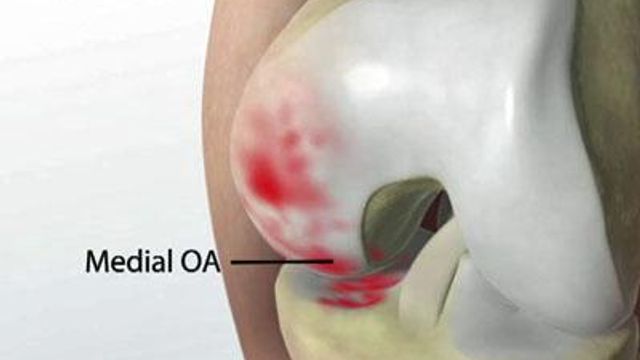Robotic arm repairs knee joints
Partial knee replacement using a new robotic, resurfacing technique is ideal for young people with osteoarthritic knee damage.
Posted — UpdatedPartial knee replacement using a new robotic, resurfacing technique is ideal, offering more precision, quicker recovery and better functioning of the joint afterward.
More than a year ago, Doug McRaney, 51, started feeling the toll of osteoarthritis on his right knee. He tried conservative treatments first.
"It simply got worse to the point where it was almost bone on bone inside of my knee," McRaney said.
It was at a stage where he could get partial knee resurfacing, rather than a total knee replacement.
McRaney went to North Carolina Specialty Hospital in Durham, which offers MAKOplasty, a minimally invasive procedure using a robotic arm.
"The MAKOplasty, as it exists right now, is simply a more precise way of doing partial knee replacement," orthopaedic surgeon Dr. Ralph Liebelt said.
Older methods require the surgeon to eyeball how much diseased cartilage and bone to remove. In MAKOplasty, though, a three-dimensional X-ray of the joint is developed, and surgeons use it to plan before surgery.
The robotic arm uses cutting tools to remove only as much material as necessary for inserts. The robotic arm can resurface different parts of the knee joint independently, without disturbing previously placed inserts.
McRaney had damage on the inside of his right knee joint, which is replaced with a metal partial that will rub on a plastic insert on the tibial joint. Other patients might need a new surface at the patella.
McRaney's procedure took only 1½ hours and required a one-night hospital stay.
"I can walk without a limp," he said a couple weeks after the surgery. "People have been a little surprised by how quickly I've come back."
Depending on the activity level of the patient, the inserts can last up to around 20 years. Doctors said that MAKOplasty is a particularly good option for younger patients with osteoarthritic damage to the knee.
Copyright 2024 by Capitol Broadcasting Company. All rights reserved. This material may not be published, broadcast, rewritten or redistributed.





